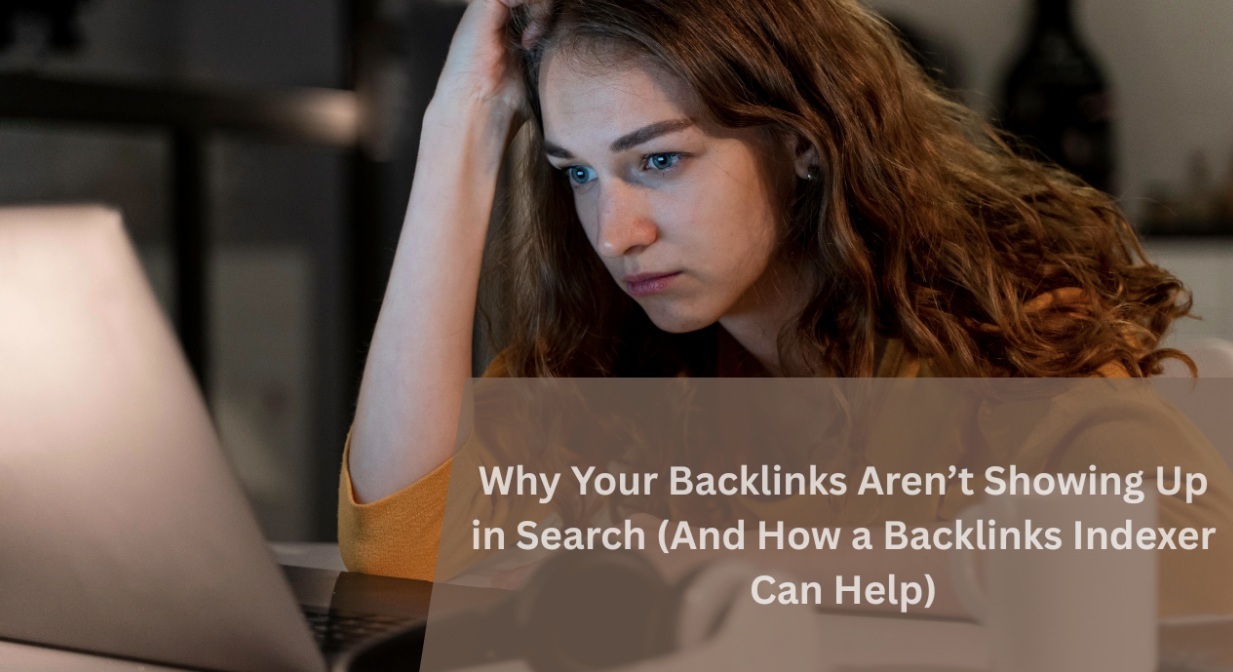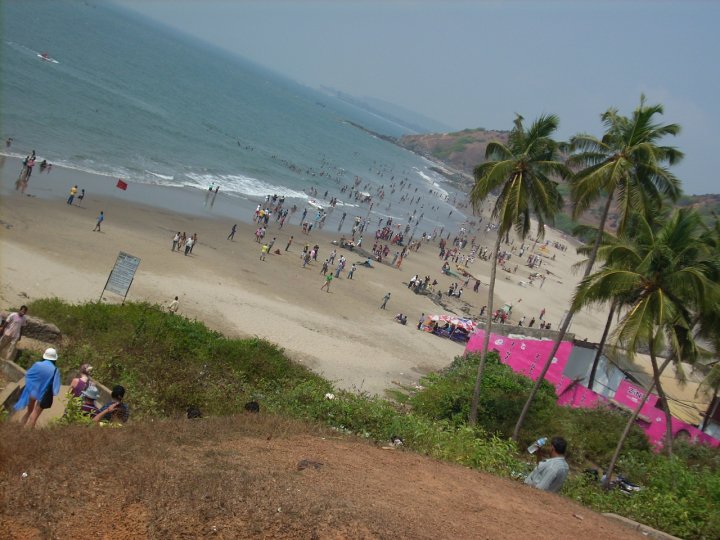Backlinks are often seen as the fuel behind higher search rankings, but what happens when your carefully built links don’t appear in Google’s index? For many site owners and marketers, this is a common problem. You might spend hours on outreach, guest posting, or niche edits, only to realize that search engines haven’t picked up your backlinks.
When backlinks aren’t indexed, it feels like wasted effort—no authority boost, no ranking improvements, and no real results. Let’s look at why this happens and what you can do to fix it.
Why Backlinks Fail to Appear in Search Results
1. Low-Authority or Poor-Quality Pages
If your backlink is placed on a thin-content site, spammy directory, or irrelevant page, crawlers may decide the content isn’t worth indexing. Search engines want to prioritize useful, trustworthy sources.
2. Crawl Budget Challenges
Search engines allocate a limited crawl budget for each website. If the site hosting your backlink has thousands of pages, it’s possible your link sits too deep within the structure and doesn’t get discovered quickly.
3. Technical Barriers
Pages with blocked crawling (robots.txt), noindex tags, or extremely slow load times can prevent search engines from picking up your backlink altogether.
4. Duplicate or Over-Optimized Content
If the page containing your backlink offers little originality or repeats existing content, search engines may skip indexing to save resources.
Why Indexing Is Essential for SEO
Backlinks are only valuable once they’re recognized by search engines. Without indexing:
- The backlink doesn’t pass authority.
- Your rankings remain stagnant despite active link-building.
- SEO growth slows, reducing your return on investment.
In short, an unindexed backlink is invisible to search engines—and provides no benefit to your website.
How a Backlinks Indexer Solves the Problem
A Backlinks Indexer is designed to help overcome these challenges by ensuring your backlinks are crawled and added to search engine indexes faster. Here’s how it helps:
1. Sending Strong Indexing Signals
A Backlinks Indexer uses methods like URL pings, contextual signals, and reference pathways to make your backlink pages more attractive to search engine crawlers.
2. Improving Crawl Frequency
By boosting visibility, an indexer encourages search engines to revisit hosting pages more often, increasing the likelihood of your links being recognized quickly.
3. Overcoming Crawl Budget Limitations
If your backlink is hidden deep within a large website, an indexer helps push it forward by drawing direct crawler attention, bypassing crawl budget restrictions.
4. Unlocking SEO Value Faster
Once indexed, backlinks can pass authority and start contributing to rankings immediately. A Backlinks Indexer ensures that months of link-building effort don’t go to waste.
Best Practices to Support Faster Indexing
Even with an indexer, smart link-building habits are essential for long-term results. Here are some practical tips:
- Focus on relevance: Place links within high-quality, niche-relevant content rather than low-value pages.
- Diversify link sources: Use guest posts, resource pages, niche edits, and contextual mentions to build a natural profile.
- Audit host sites: Ensure the sites you’re building links on aren’t blocking crawlers and have a healthy indexing history.
- Track link status: Use tools like Google Search Console to check which backlinks have been indexed and take action if some remain invisible.
Final Thoughts
Unindexed backlinks are one of the biggest hidden roadblocks in SEO. Even strong link-building campaigns won’t deliver results if search engines never recognize your efforts. By understanding why links fail to show up and using tools like a Backlinks Indexer, you can bridge the gap, ensuring your backlinks work as intended and help your site climb the rankings.







